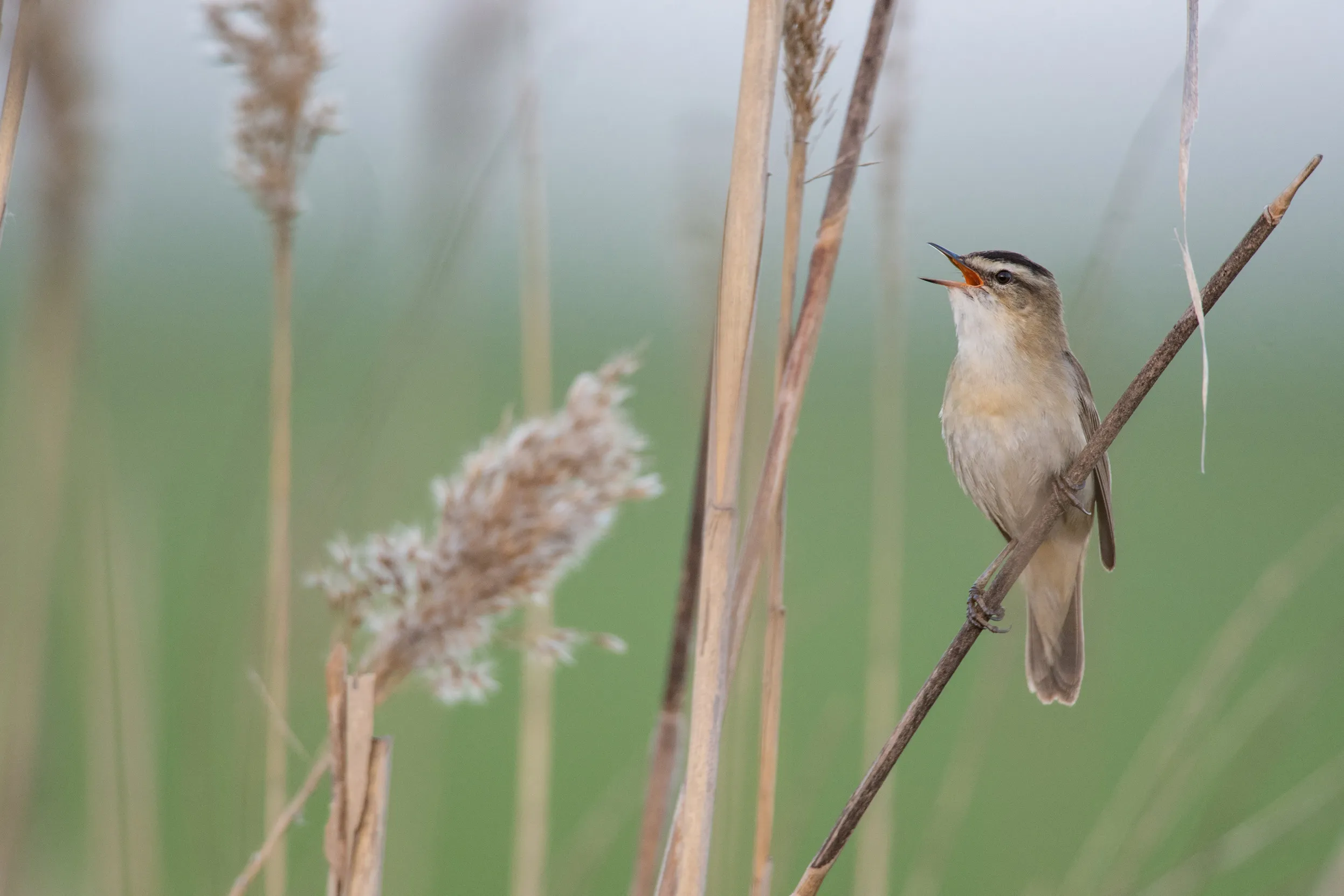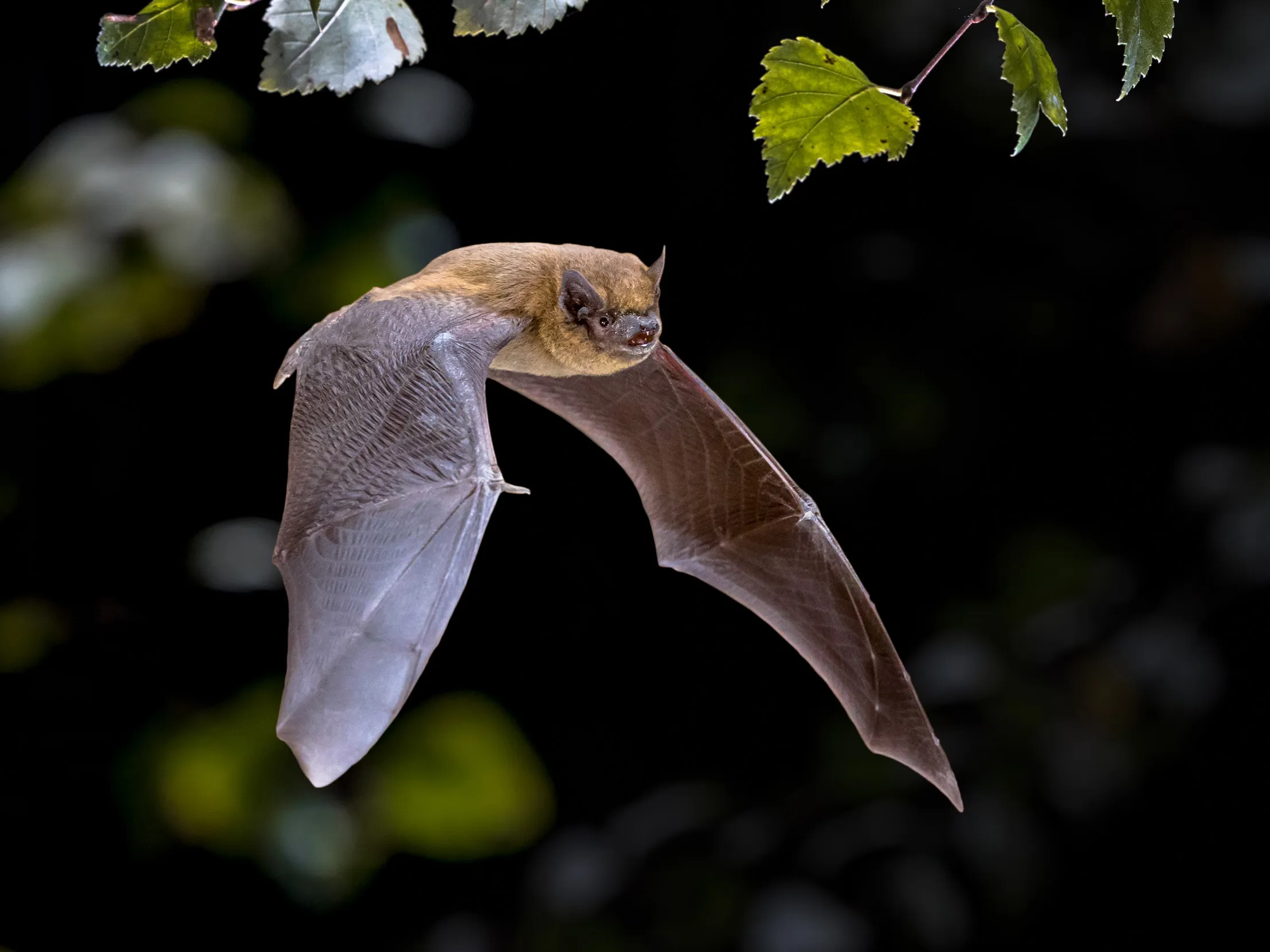The old saying goes ‘blind as a bat’, but did you know that bats have perfectly good sense of sight? However, when they hunt at night, they’re much more dependent on their hearing. Bats rely on echolocation: their very own radar system. They emit a high frequency noise, which bounces off objects and potential prey items, allowing them to paint an audio picture of their surroundings.
The UK is home to 18 species of bats: some we might find flying around our gardens, like the Common Pipistrelle, while others are becoming increasingly scarce sights, such as the Bechstein’s Bat and the Daubenton’s Bat. Like Swifts, some bat species are suffering species decline due to reduced numbers of insects and a lack of roost sites available.
Bats hibernate through the winter months and begin to emerge from the end of April. Head outside at dusk to watch bats forage on the wing for insects. We recommend visiting a pond or lake to see bats skimming the surface for a flying feast!








